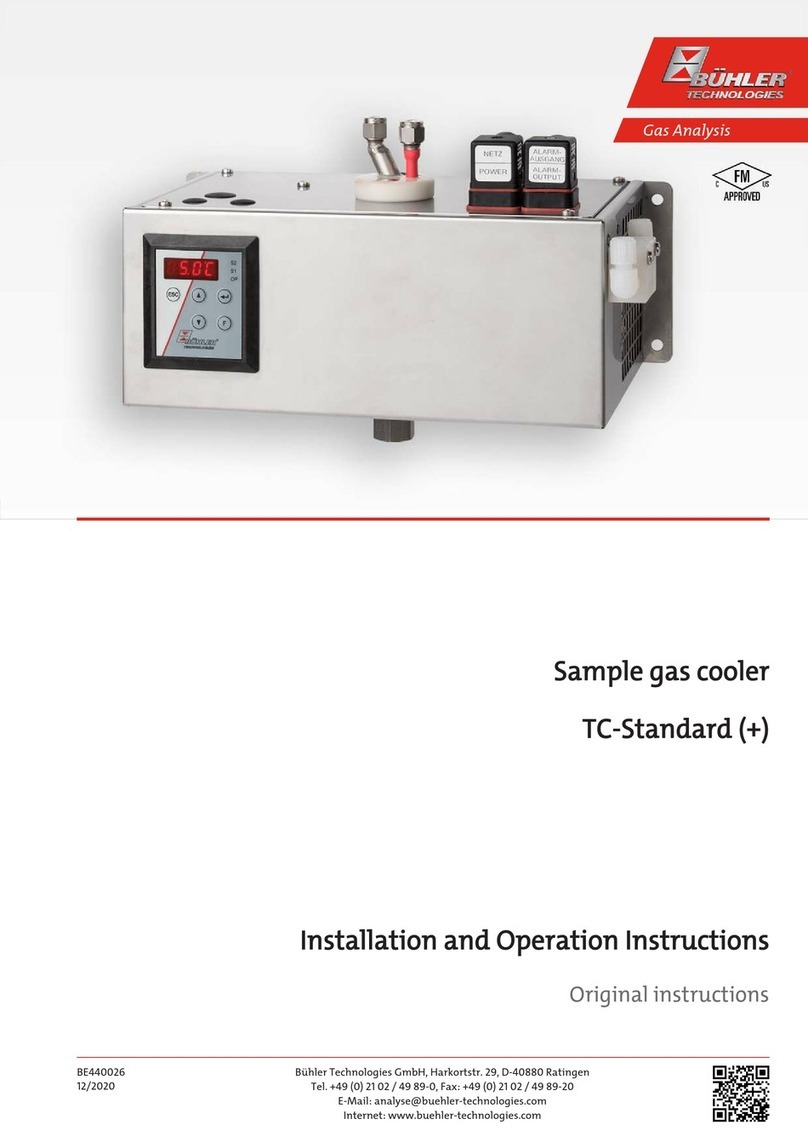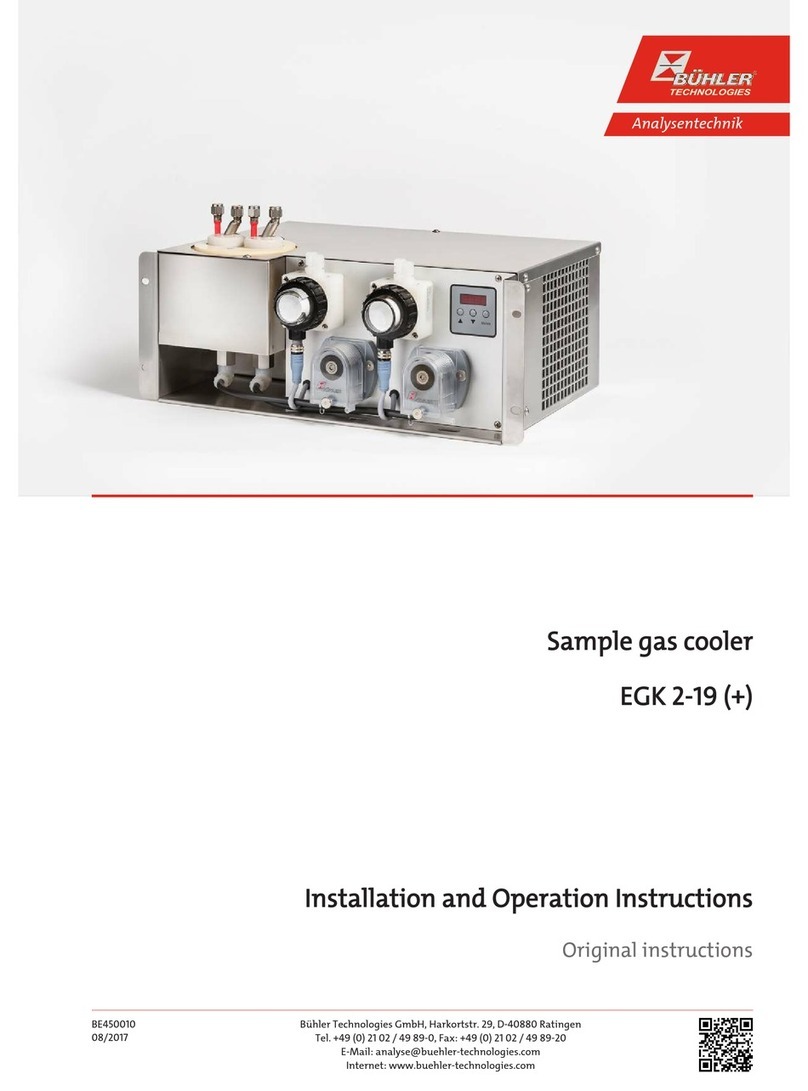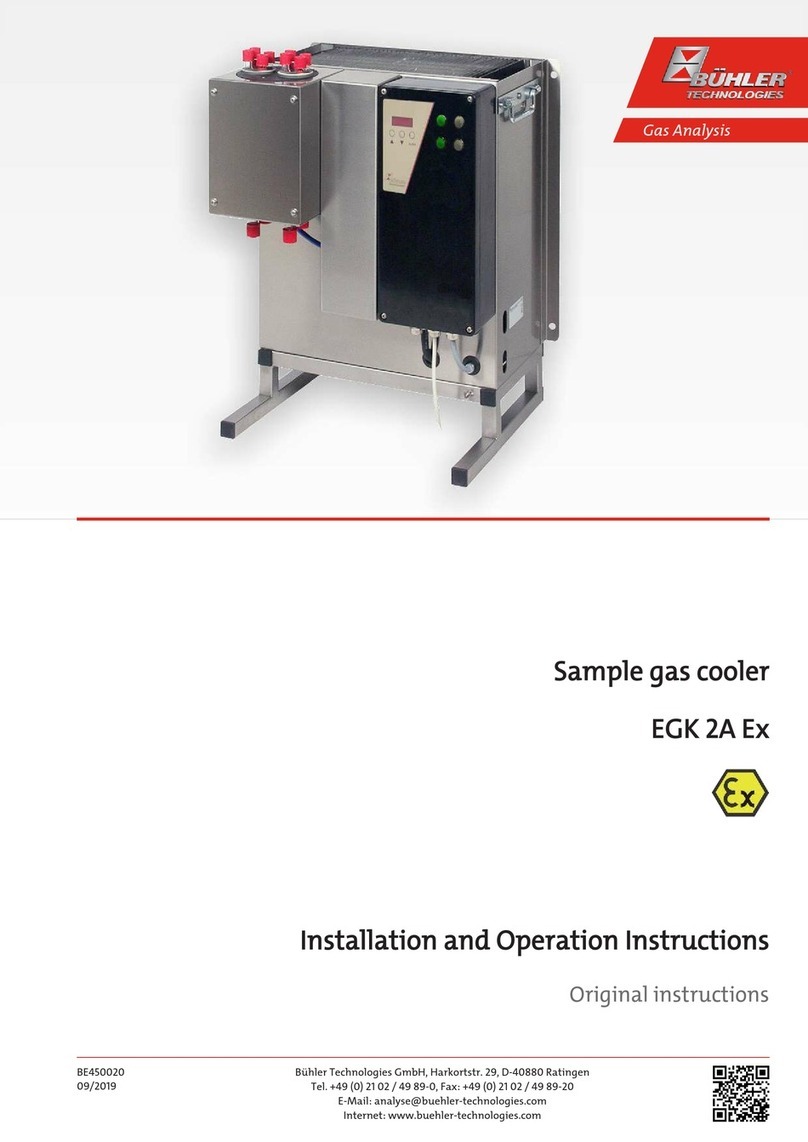
EGK 2A Ex
Contents
1 Introduction..................................................................................................................................................................................................................... 3
1.1 Intended use .........................................................................................................................................................................................................3
1.2 Design types.......................................................................................................................................................................................................... 3
1.3 Type plate .............................................................................................................................................................................................................. 3
1.4 Scope of delivery.................................................................................................................................................................................................. 3
1.5 Ordering instructions ........................................................................................................................................................................................4
2 Safety instructions.........................................................................................................................................................................................................6
2.1 Important notices................................................................................................................................................................................................6
2.2 General hazard warnings ................................................................................................................................................................................. 7
3 Product description .......................................................................................................................................................................................................9
3.1 General description ............................................................................................................................................................................................9
3.2 Functional principle of the cooler ..................................................................................................................................................................9
4 Transport and storage ................................................................................................................................................................................................ 10
5 Installation and connection ....................................................................................................................................................................................... 11
5.1 Installation site requirements........................................................................................................................................................................ 11
5.2 Connecting the gas- and condensate connections ..................................................................................................................................11
5.3 Peristaltic pump connector (optional)........................................................................................................................................................ 12
5.4 Electrical connections and potential equalisation.................................................................................................................................. 12
5.5 Testing insulation resistance......................................................................................................................................................................... 14
6 Operation and controls ...............................................................................................................................................................................................15
6.1 Switching on the sample gas cooler .............................................................................................................................................................15
6.2 Use of menu functions .................................................................................................................................................................................... 16
6.2.1 Menu navigation overview..............................................................................................................................................................16
6.2.2 Detailed description of the operational principle .................................................................................................................... 17
6.3 Description of menu functions ......................................................................................................................................................................17
6.3.1 Main menu........................................................................................................................................................................................... 17
6.3.2 Submenu...............................................................................................................................................................................................18
7 Maintenance.................................................................................................................................................................................................................. 19
7.1 Maintenance Schedule ................................................................................................................................................................................... 20
7.2 Maintenance...................................................................................................................................................................................................... 20
7.2.1 Testing the pressure monitoring circuit.....................................................................................................................................20
7.2.2 Cleaning the condenser (air heat exchanger)............................................................................................................................ 21
7.3 Parts replacement............................................................................................................................................................................................. 21
7.3.1 Replacing the heat exchanger ........................................................................................................................................................ 21
7.3.2 Replacing the Pt100 ...........................................................................................................................................................................21
7.3.3 Replacing the electronics ................................................................................................................................................................ 22
7.3.4 Replacing the starting capacitor................................................................................................................................................... 22
7.3.5 Replacing the display ........................................................................................................................................................................23
7.3.6 Replacing the hoses of the peristaltic pump (option) .............................................................................................................23
7.3.7 Replacing the Peristaltic Pump (Optional)..................................................................................................................................23
8 Service and repair.........................................................................................................................................................................................................24
8.1 Troubleshooting ................................................................................................................................................................................................24
8.2 Safety instructions ............................................................................................................................................................................................25
8.3 Checking/Resetting Pressure Monitoring Switches ...............................................................................................................................26
8.4 Press switches respond during initial start-up ........................................................................................................................................26
8.5 Checking the Starting Capacitor...................................................................................................................................................................26
8.6 Spare parts and accessories ...........................................................................................................................................................................27
8.6.1 Spare Parts and Accessories ............................................................................................................................................................27
9 Disposal...........................................................................................................................................................................................................................28
10 Durability list.................................................................................................................................................................................................................29
11 User book (Please make copies) ...............................................................................................................................................................................30
12 Appendices......................................................................................................................................................................................................................31
iBühler Technologies GmbHBE450020 ◦ 01/2020



































